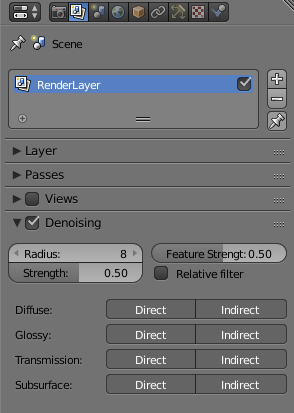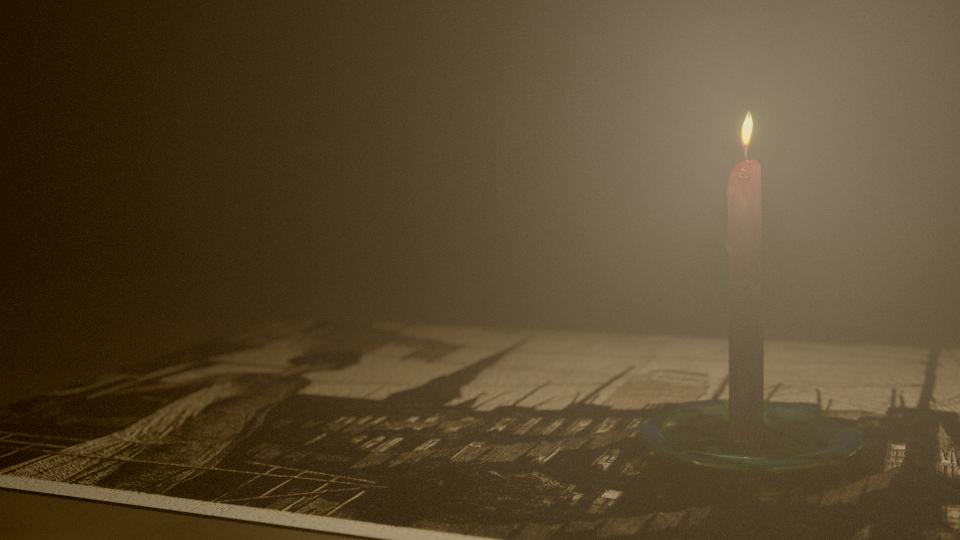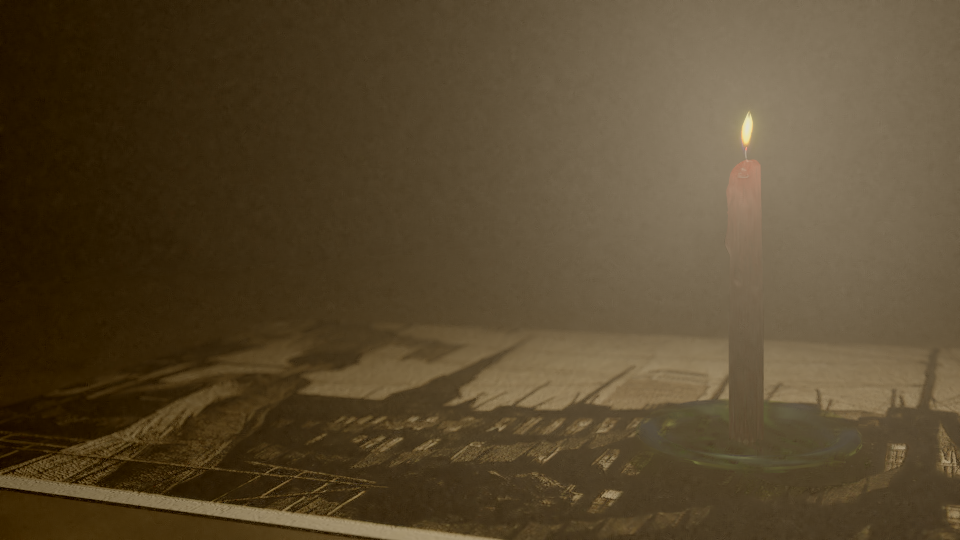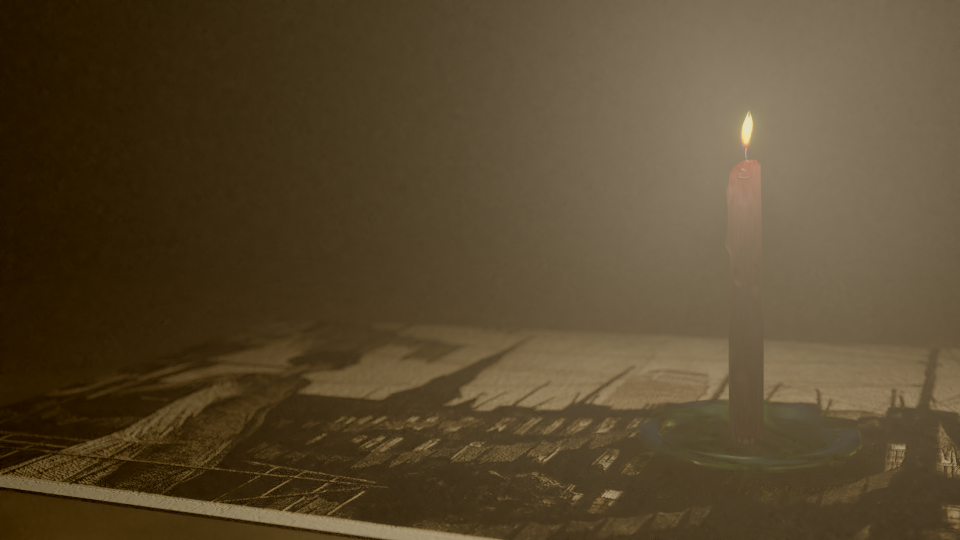#Time for a new answer...
Starting with blender version 2.79 there is an option to Denoise the image as is being rendered. This version is still in development but is already available as test builds on this link (use at your own risk it can still contain bugs or change completely...)
Quoting from the manual
Denoising filters the resulting image using information (known as feature passes) gathered during rendering to get rid of noise while preserving visual detail as well as possible.
The denoiser is at the bottom of the render layers tab in the properties window
For more info Read: How do I use the cycles Denoiser?
Here's an example.
Using 250 samples with no denoise, the image has a lot of noise, as expected.
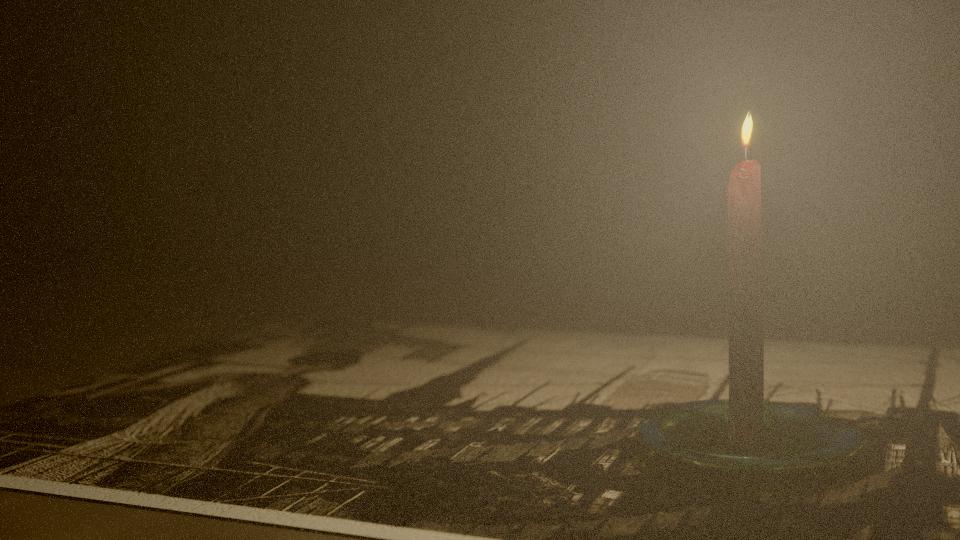 (click on the images to enlarge)
(click on the images to enlarge)
Bringing up the samples to 2000 (with no denoising) yields a cleaner image, but it takes 600% longer to render.
Same image at 250 samples with denoising enablend, using the default settings:
Denoised at 500 samples:
Note that denoising is not a magical button. It is not a substitute for the elements outlined in the other answers on this page, but it should be thought as an additional tool. In other words: a high number of samples will yield a cleaner picture, but denosing might help to get acceptable results with a smaller number and might help with shorter render times.
Note that Denoising will use a lot more resources from your computer and might even yield out of memory errors. Denoising needs the information of all of the adjacent rendered tiles to work, meaning that for every tile being rendered blender will keep in RAM the information of all the surrounding tiles and will only release that ram once a tile has been denoised.
As a word of advice: Be conservative when playing with the denoise settings, as they do introduce new artifacts where segments of the image will be blurrier, blotchy or some "donut" like elements might appear, usually using a smaller denoising radius helps.
But the most important thing to understand about denosing:
#DO NOT EXPECT MIRACLES

